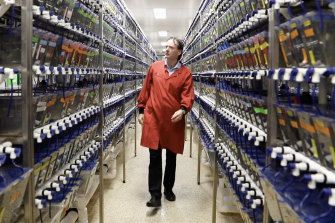People who have received the full course of Covid-19 vaccines can skip the standard 14-day quarantine after exposure to someone with the infection as long as they remain asymptomatic, US public health officials advised.
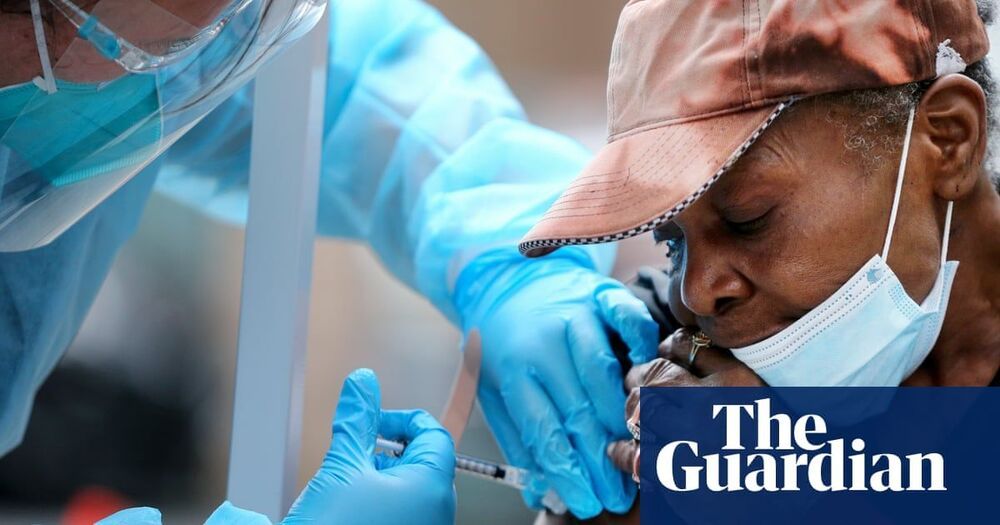

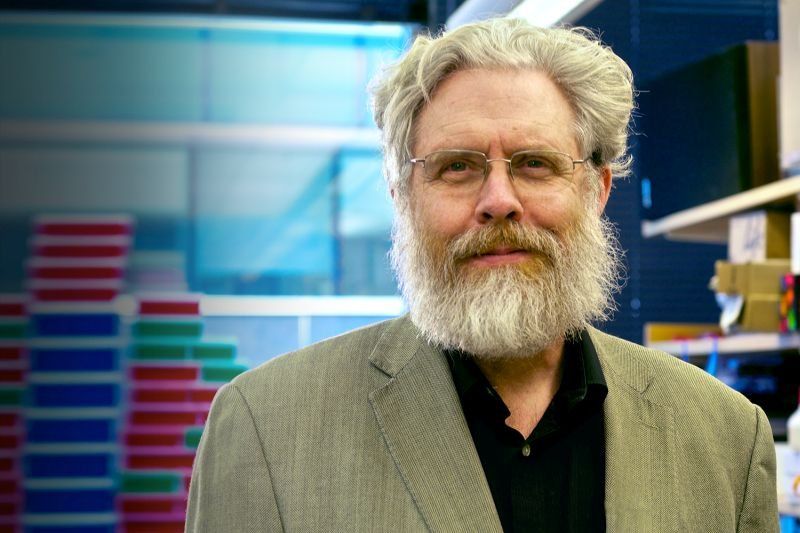
The adeno-associated viruses often used as vectors to deliver gene therapy can trigger unwanted and sometimes dangerous immune responses. Now, a Harvard University team led by renowned geneticist George Church, Ph.D., has developed a way to “cloak” AAVs from immune surveillance. They’ve spun off Ally Therapeutics to develop it.
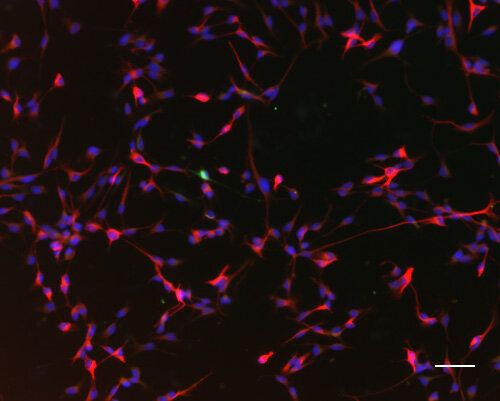

A team of researchers from Russia, the Czech Republic and Israel has found that the reason some blind mole rats live longer than other small creatures is because they have short immune memory. In their paper published in the journal Nature Aging, the group describes their study of the adaptive immune system of long-lived blind mole rats.

Stimuli-responsive control of drug activation can mitigate issues caused by poor drug selectivity. Now, it has been shown that mechanical force—induced by ultrasound—can be used to activate drugs in three different systems. This approach has enabled the activation of antibiotics or a cytotoxic anticancer agent from synthetic polymers, polyaptamers and nanoparticle assemblies.
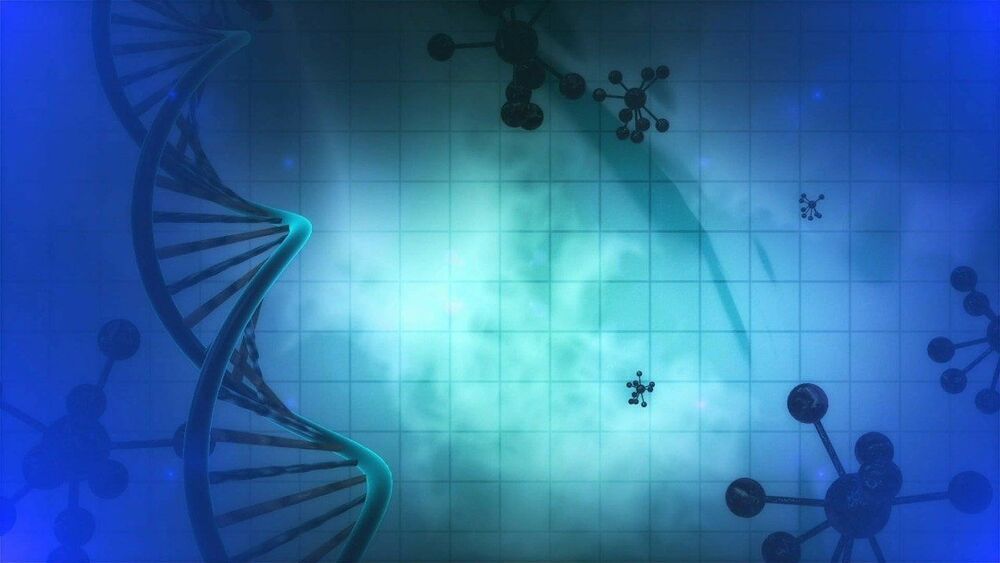
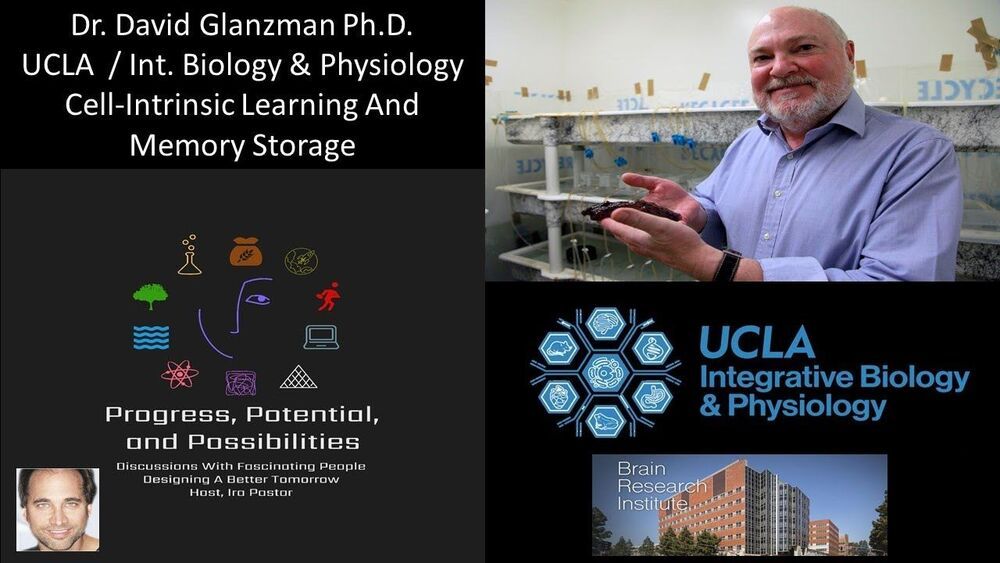
Cell-Intrinsic Learning And Memory Storage Dynamics — Dr. David Glanzman Ph.D., Professor, in the Department Integrative Biology and Physiology, at UCLA College of the Life Sciences.
Dr. David Glanzman is Professor, in the Department Integrative Biology and Physiology, at UCLA College of the Life Sciences, Professor in the Department of Neurobiology in the David Geffen School of Medicine, and Member, Brain Research Institute.
Dr. Glanzman has a B.A. in Psychology from Indiana University Bloomington and a Ph.D. in Psychology from Stanford University.
Dr. Glanzman is interested in the cell biology of learning and memory in simple organisms.
In Dr. Glanzman’s lab research they use two animals, the marine snail Aplysia californica, and the zebrafish (Danio rerio).
Dr. Glanzman’s work on Aplysia: This invertebrate has a comparatively simple nervous system (~ 20000 neurons) that provides a valuable experimental model for understanding the cellular mechanisms that underlie simple forms of learning, such as habituation, sensitization, and classical conditioning.
Another experimental advantage of Aplysia is that sensory and motor neurons that mediate specific reflexes of the animal can be placed into dissociated cell culture where they will reform their synaptic connections.
These in vitro sensorimotor synapses are extremely useful for cellular and molecular studies of short-and long-term learning-related synaptic plasticity.
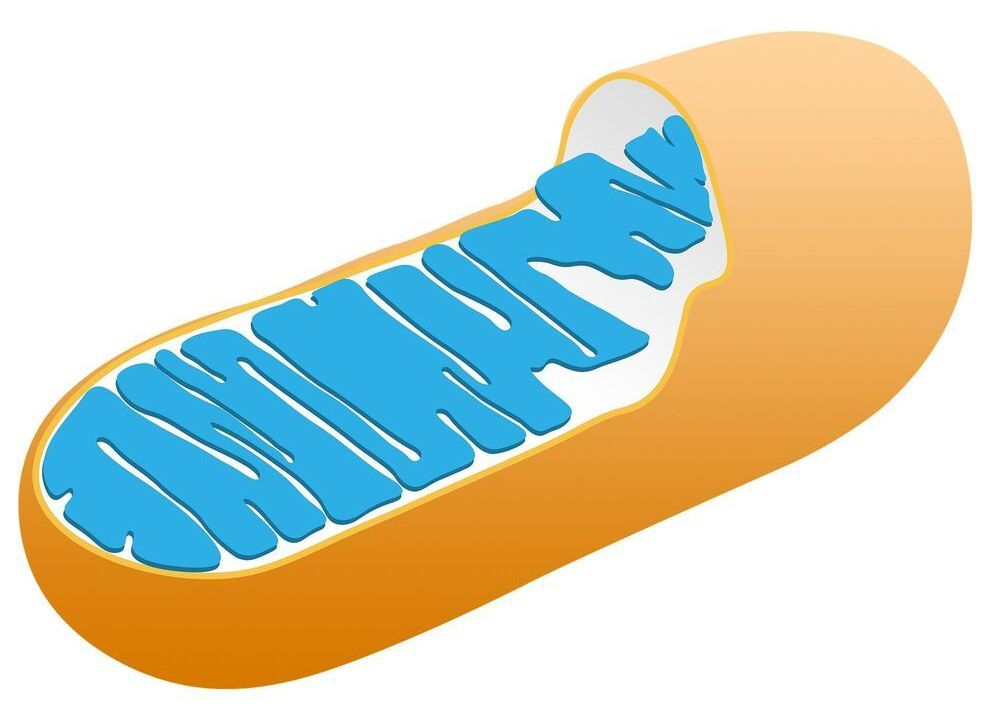
If an opinion poll were taken for the most popular component of mammalian cells, the result probably would be a 50–50 split: Half of respondents would likely vote hands down for the nucleus and the other half for the mitochondria—a decision that in no way diminishes or casts aspersions on the other hardworking constituents of cells.
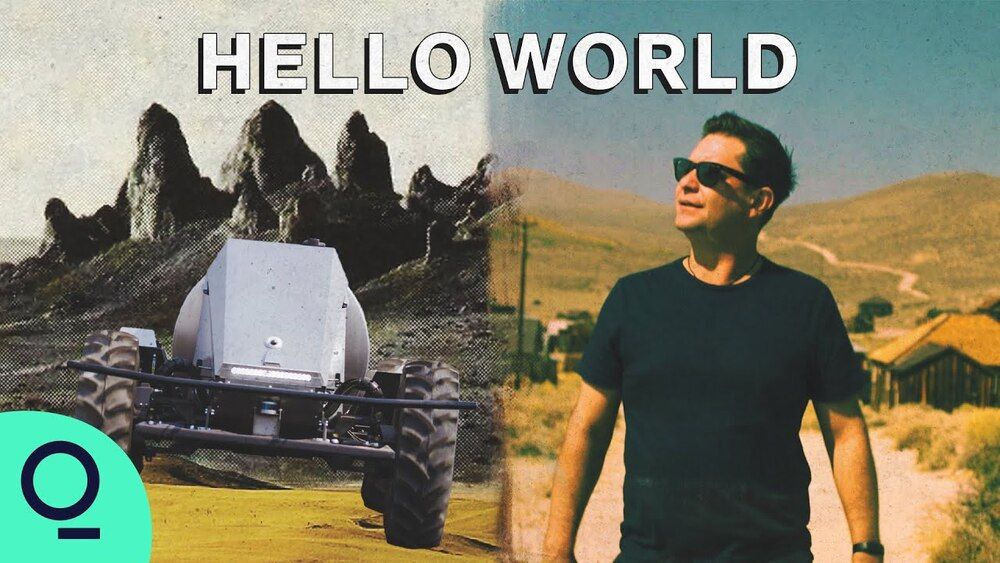
In this special episode of Hello World, best-selling author and Bloomberg Businessweek journalist Ashlee Vance goes on a RV road trip through California in the midst of a pandemic and sweeping forest fires. Along the way, he hangs out with a Tesla co-founder who wants to recycle all the world’s batteries, some robotic farmers, a test pilot who almost lost his life and desert space-geeks building a lunar lander.
#HelloWorld #BloombergBusinessweek #California.
——-
Like this video? Subscribe: http://www.youtube.com/Bloomberg?sub_confirmation=1
QuickTake Originals is Bloomberg’s official premium video channel. We bring you insights and analysis from business, science, and technology experts who are shaping our future. We’re home to Hello World, Giant Leap, Storylines, and the series powering CityLab, Bloomberg Businessweek, Bloomberg Green, and much more.
Subscribe for business news, but not as you’ve known it: exclusive interviews, fascinating profiles, data-driven analysis, and the latest in tech innovation from around the world.
Visit our partner channel QuickTake News for breaking global news and insight in an instant.
